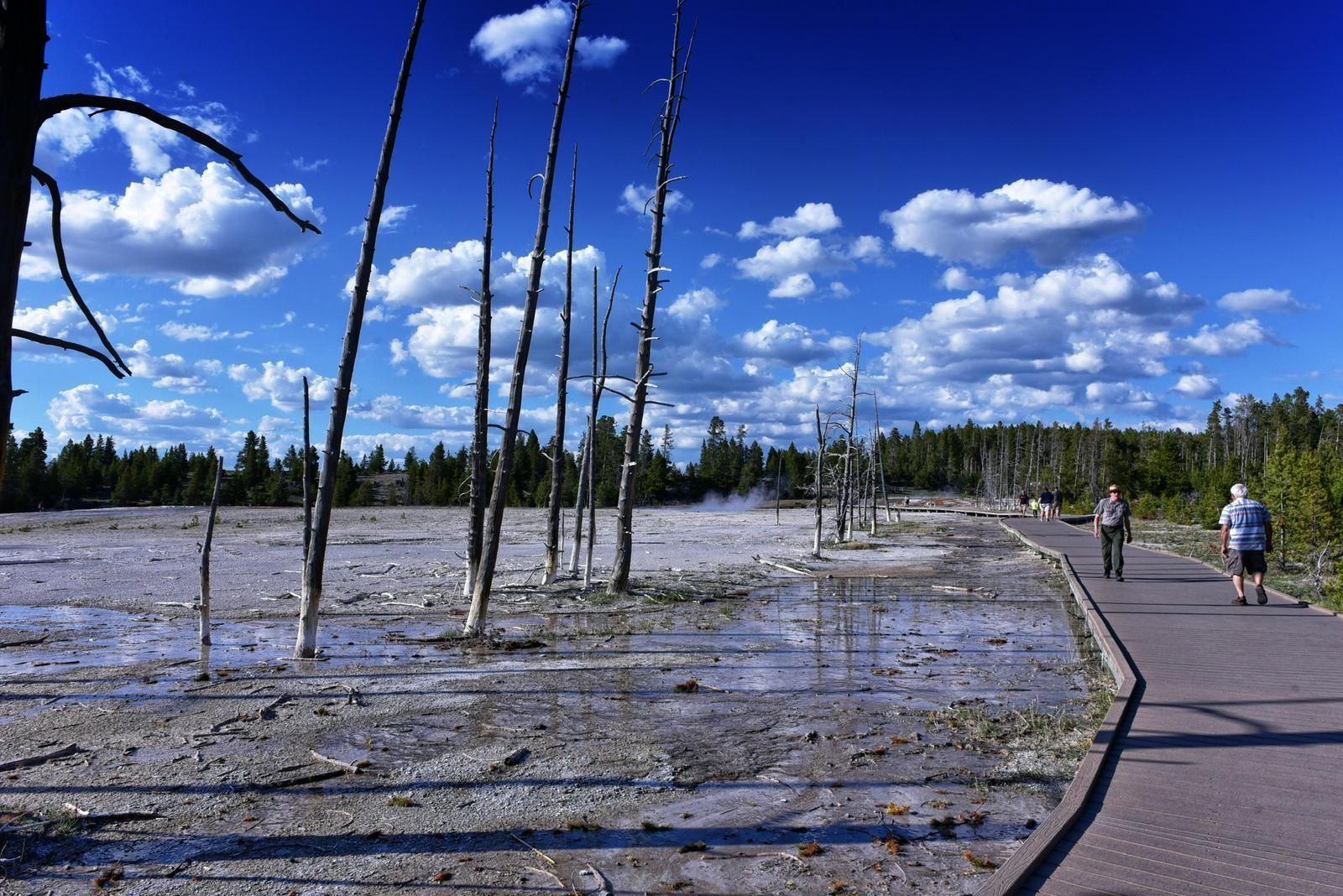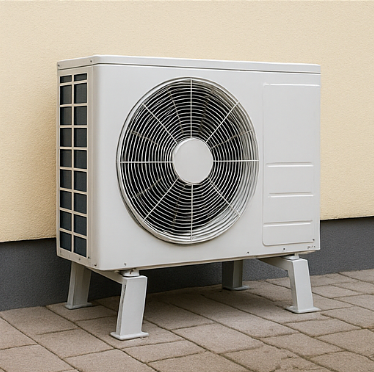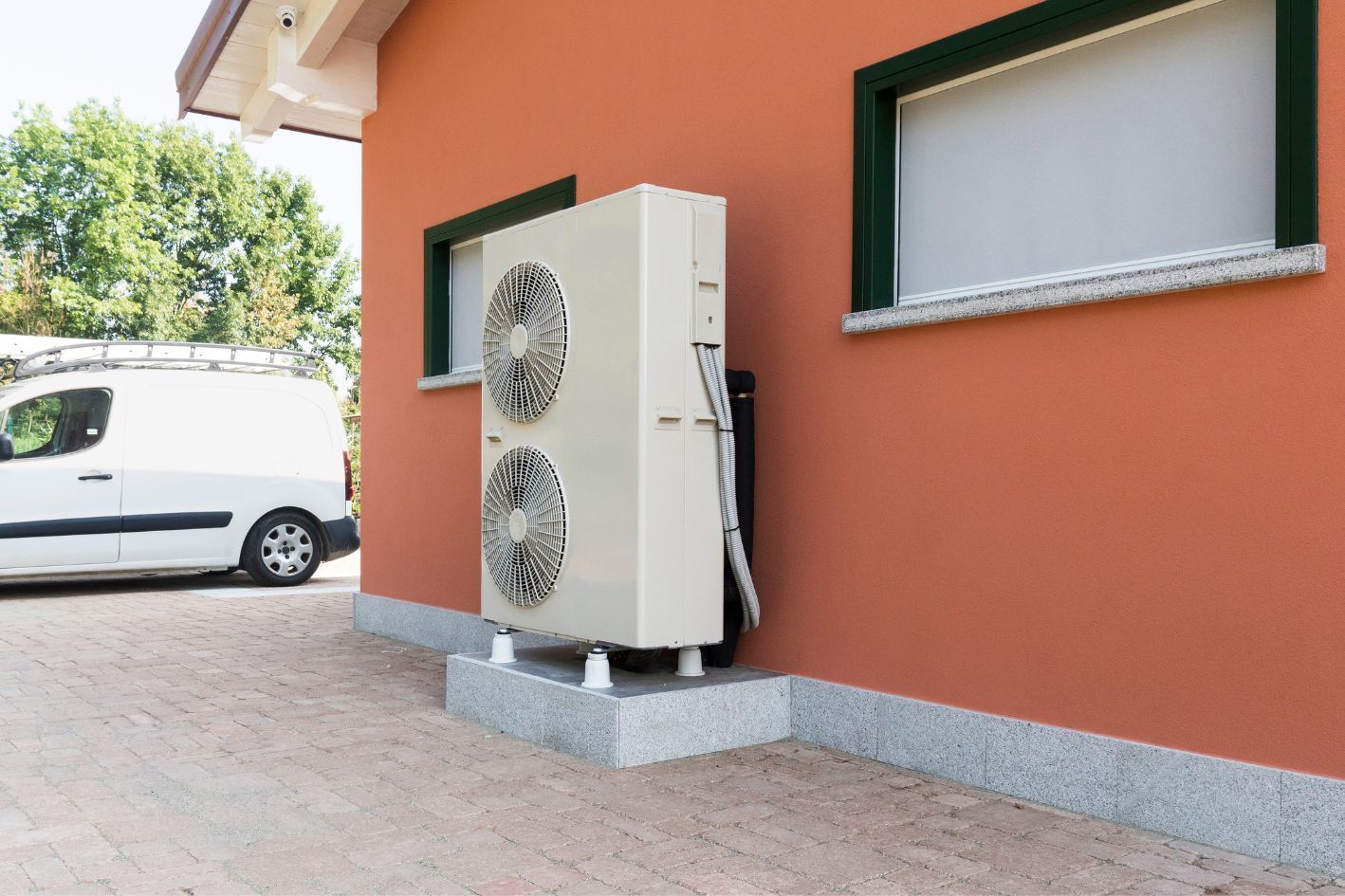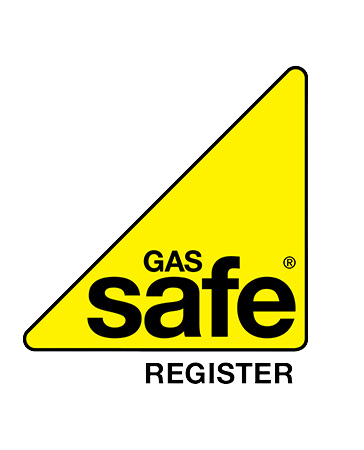How Subcooling Boosts Your Air Source Heat Pump's Efficiency
The Technical Edge That Matters
Subcooling might sound like complex technical jargon, but understanding this process reveals
why modern air source heat pumps deliver exceptional efficiency. This crucial yet often overlooked component of
heat pump operation can significantly impact your system's performance and operating costs.
What Exactly Is Subcooling?
In an
air source heat pump,
subcooling occurs when the refrigerant is cooled below its condensation temperature while maintaining its liquid state. This process happens after the refrigerant has condensed before reaching the expansion valve. The additional cooling of the liquid refrigerant creates a more efficient thermal transfer process throughout the system.
The Direct Impact on Your Energy Bills
When an
air source heat pump operates with optimal
subcooling levels, it extracts more heat from the outdoor air while using less electricity. This increased
efficiency translates directly to lower energy consumption and reduced utility bills. Systems with advanced
subcooling control can improve performance by 5-15% compared to units without this feature.
How Modern Heat Pumps Leverage Subcooling
Today's high-performance air source heat pumps incorporate sophisticated refrigerant management systems that maintain ideal
subcooling levels across various operating conditions. These systems continuously adjust to outdoor temperature fluctuations, ensuring your heat pump maintains peak
efficiency regardless of weather changes.
Why This Matters for Your Home
Proper subcooling has technical advantages that create practical benefits for homeowners. Better
efficiency means lower operating costs throughout the system's lifespan. Additionally, optimised
subcooling helps reduce wear on components, potentially extending your
heat pump's service life and reliability.
When selecting an
air source heat pump for your home, asking about its
subcooling capabilities provides insight into its overall
efficiency potential. Manufacturers emphasising this technical aspect typically offer superior products designed for maximum performance and energy savings.
Investing in an advanced air source heat pump
with optimised
subcooling technology is a smart choice for homeowners who are focused on both comfort and long-term energy costs.

